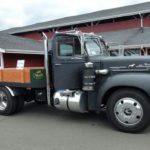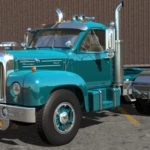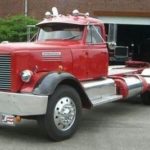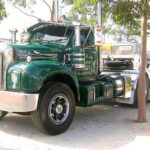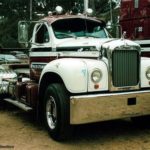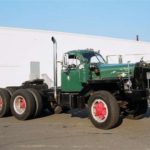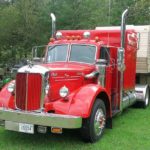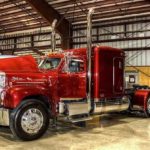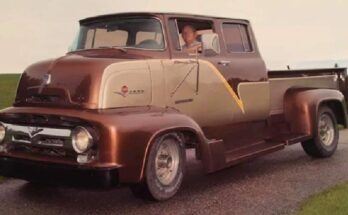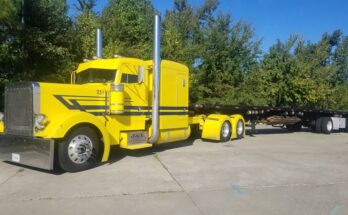Right after World War I, the US Department of War organized a cross-country trip involving Mack trucks.
A young unknown offer named Dwight D. Eisenhower was part of that convoy.
As probably few recall these days, President Eisenhower as the 34th occupant of that office is generally known as the creator and promoter of our present-day Interstate Highway system.
The Encyclopedia Britannica describes Mack trucks this way:
“A prominent fixture in the U.S. truck industry, Mack Trucks, Inc. is one of North America’s largest producers of heavy-duty trucks and major product components. In 2000 Mack became a wholly owned subsidiary of AB Volvo.”
The runaway history part of the trucking company’s story came from Jack Mack. The youngest of five brothers, he was said to be 14 years old when he ran away from his Pennsylvania home in 1878. He joined the Teamsters and worked as a mechanic.
Later, his brothers joined him in a small wagon-building firm in Brooklyn, NY.
According to company history:
After eight years of testing, brothers Jack and Augustus Mack produced “Old Number One,” a chain-driven vehicle that features a Mack-built four-cylinder engine, a cone-type clutch, and a three-speed transmission.
Their first vehicle came out in 1900. It became a truck 30 years later.
Mack and other historical accounts tell us the young company pioneered the design of custom-built, heavy-duty trucks. This ran against the prevailing wisdom of the time.
Automakers at that time considered trucks a poor relation, and did them only when times were slow.
But founder Jack Mack, however, anticipating that the days of the horse and wagon were numbered, decided to make trucks with a capacity of one to seven tons. He introduced the “seat-over-engine” truck.
He also is given credit for making a seven-ton, five-cubic-yard dump truck for the construction of the New York City Subway.
Return to Part I (click) or continue in Part III (click).
 " >
" >
